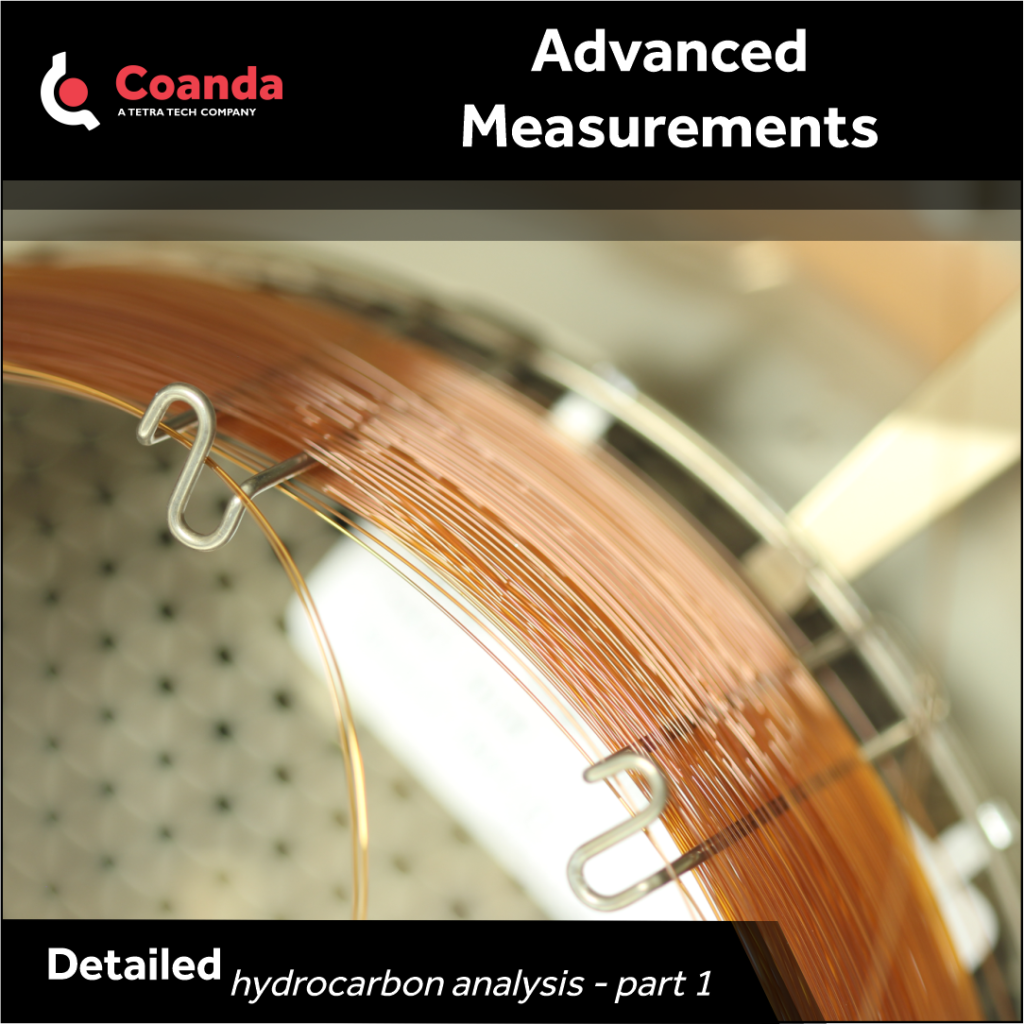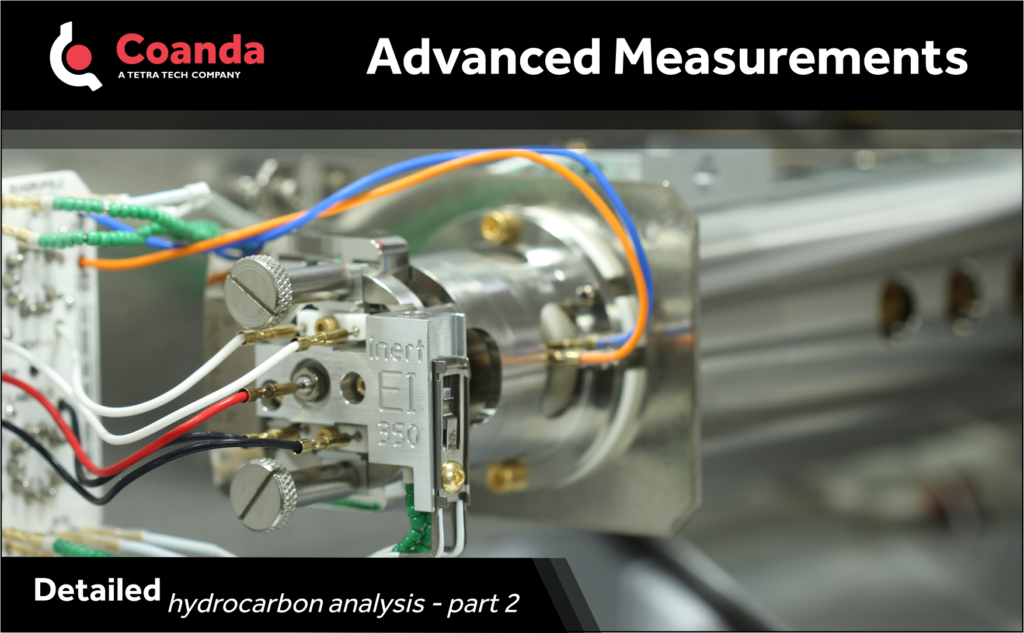DHA-GC Biodegradation Study of Contaminants from Lake Sediments
Posted on May 26, 2022 Analytical Chemistry
This post was originally published in three parts which have been combined below.
Detailed Hydrocarbon Analysis by Gas Chromatography applied to a biodegradation study of contaminants from lake sediments
Part 1

Gas Chromatography (GC) equipped with a Flame-Ionization Detector (FID) and a Mass Spectrometer (MS) was used for investigating the biodegradation of hydrocarbon contaminants found in lake sediments. This study relied on comparing the hydrocarbon fingerprints of a set of lake sediments samples inoculated with methanogenic bacteria against those of sterilized samples.
To establish these hydrocarbon fingerprints, lake sediments required solvent extraction to transfer the analytes of interest in a suitable organic phase which was then filtered before injection into the GC. The 100 m length of the non-polar DHA (Detailed Hydrocarbon Analysis) column provided enhanced separation capabilities, with the ability to discriminate individual hydrocarbon isomers up to C9. After the sample has been separated based on boiling point and polarity, an outlet split allowed for simultaneous FID and MS detection.
Part 2

In the last post we covered fingerprinting hydrocarbons by GC Analysis. Compound identification in DHA analyses relies on match between the GC retention times of hydrocarbons and the GC retention times of known hydrocarbons from analytical standards. Flame ionization provides a response proportional to the mass of the eluted analyte, allowing for quantification. MS supported the identification of specific hydrocarbon species whose retention times did not match any hydrocarbon standard available. In the MS detector, the analytes are fragmented by an electron beam and accelerated through the mass analyzer, where the fragment ions are separated by their mass-to-charge ratio. Comparing the results to a reference library of thousands of known spectra, specific compounds of interest are narrowed down and identified. The sample analytes are now quantified and identified, and ready for data analysis which we’ll discuss in our next post.
Part 3

With a solid understanding of GC-MS capabilities, Coanda’s Analytical Laboratory with our Data Science Team generated the data needed for Principal Component Analysis (PCA) of the hydrocarbon fingerprints. The PCA revealed that the discriminating factor between sterilized and biodegraded lake sediments was the abundance of linear alkanes, highlighting preferential consumption by methanogenic organisms. The relative abundance of linear alkanes to alkyl-substituted cycloparaffins in sterilized sample also gave an index of the level of biodegradation that had naturally occurred in the lake sediments samples prior to their collection.
Complementing Coanda’s Analytical Laboratory’s capabilities with our Data Science Team’s expertise provides our clients with exceptional data and interpretations that expose underlying learnings in nominal sample analysis. These understandings guide client decisions on process improvements, pilots, and future experimental plans that are designed to find the right solution to challenging problems.


